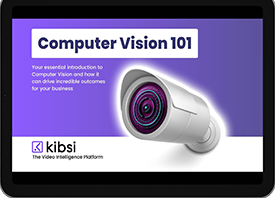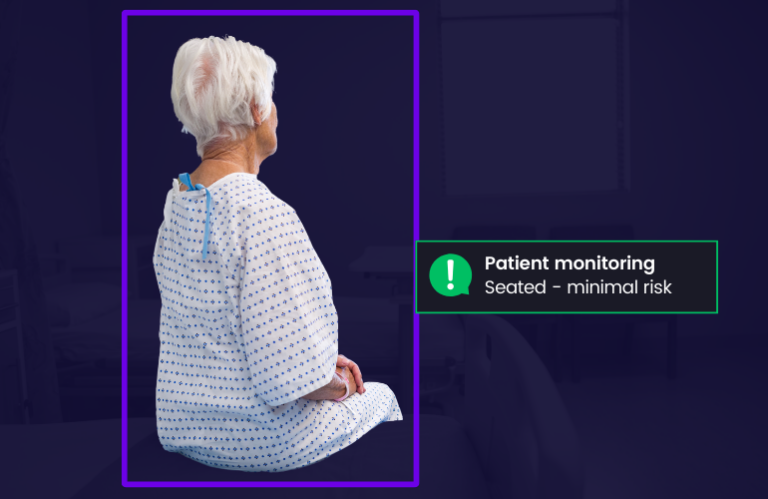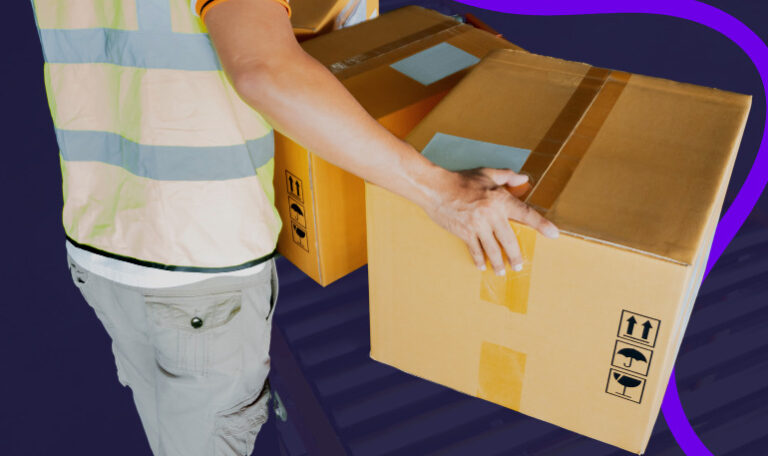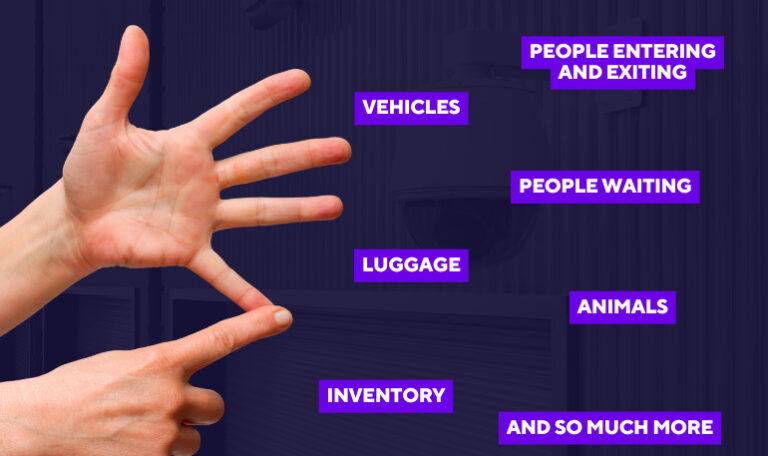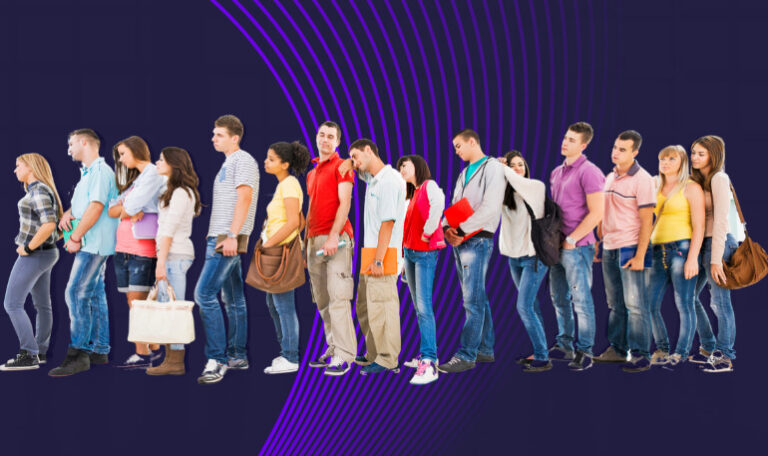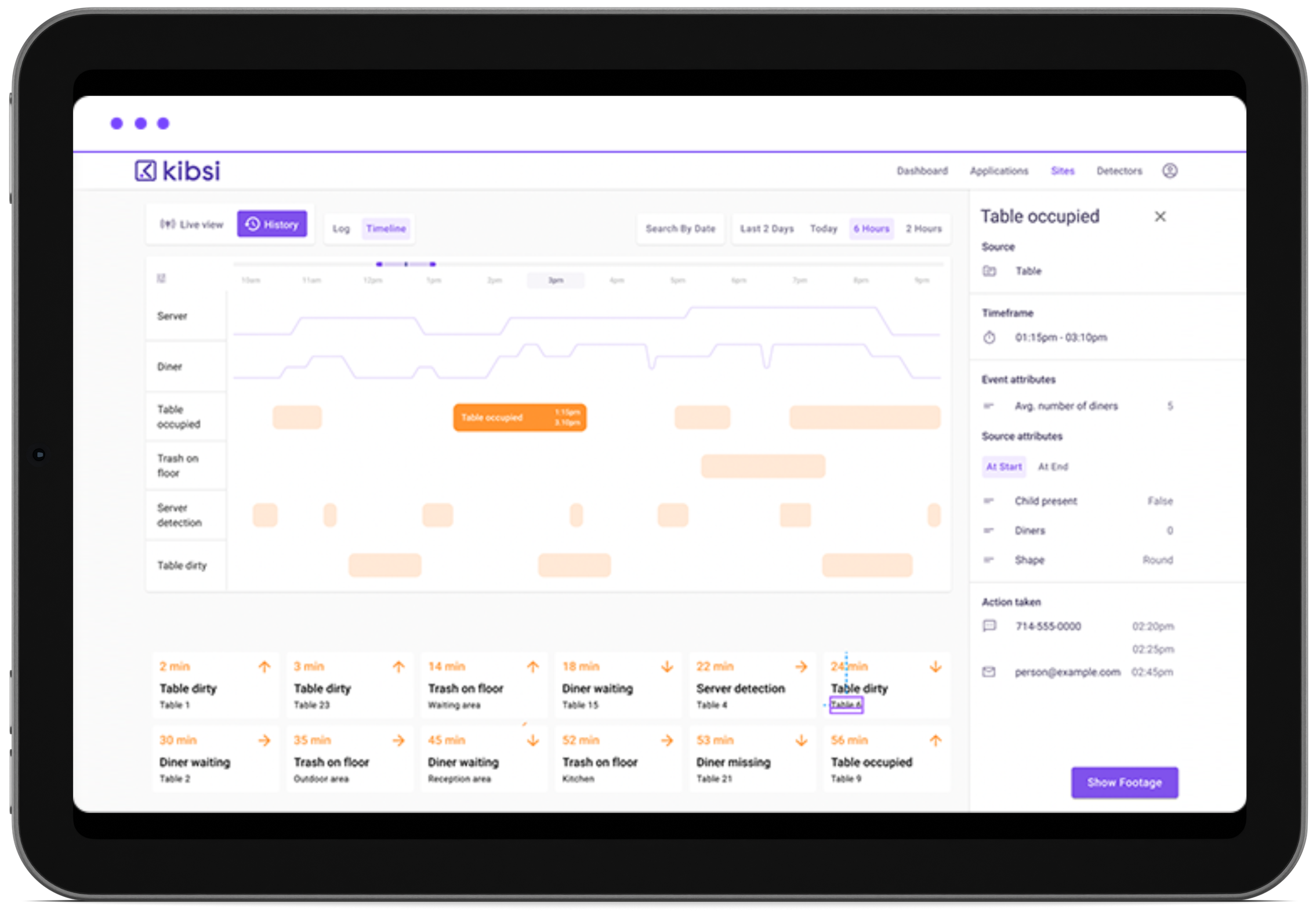In the fast-paced and ever-evolving world of healthcare, patient safety remains a paramount concern for hospitals and medical facilities. Falls, in particular, pose a significant risk to patient well-being and can lead to severe injuries or complications. Traditional approaches to fall prevention rely on manual monitoring and limited resources, which may not always be sufficient to provide timely assistance. However, the emergence of computer vision technology, coupled with artificial intelligence (AI), offers a promising solution to this challenge. In this article, we explore how computer vision, specifically through video intelligence, can revolutionize fall prevention in hospitals and medical facilities, and how Kibsi, a leading SaaS, no-code computer vision platform, can help enhance patient safety.
The Challenge: Preventing Falls in Medical Facilities
Falls are a pervasive concern within hospitals and medical facilities, affecting patients of all ages and conditions. According to studies, falls account for a significant proportion of inpatient injuries, resulting in prolonged hospital stays, increased healthcare costs, and sometimes even fatalities. The traditional methods of fall prevention, such as regular patient checks and physical restraints, are labor-intensive, prone to human error, and may compromise patient comfort and autonomy. There is a pressing need for a more advanced and efficient solution that can ensure patient safety while minimizing the burden on healthcare staff.
Current Approaches: Limitations and Inefficiencies
Presently, medical facilities employ various strategies to mitigate fall risks, combining both technological and non-technological approaches. These approaches include using bed alarms, fall risk assessment tools like the Morse Fall Scale, and assigning dedicated staff members for monitoring patient movement. While these methods offer some level of protection, they have several limitations:
- Limited Coverage: Bed alarms and fall risk assessments primarily focus on individual patient beds, leaving gaps in monitoring patients in common areas or during transfers.
- Delayed Response: Human surveillance may not always provide an immediate response when a fall risk is detected. Staff members might not be aware of a patient attempting to leave their bed or may be occupied elsewhere.
- Scalability Challenges: As medical facilities expand, the task of manually monitoring patient movement becomes increasingly difficult and resource-intensive. Hiring additional staff to ensure comprehensive surveillance is costly and may not be feasible in the long run.
- Inaccurate Assessment: Non-technological methods rely heavily on subjective judgment, leading to inconsistent fall risk evaluation and potential oversight of high-risk patients.
Introducing Computer Vision and Video Intelligence
Computer vision, an application of AI, involves extracting meaningful insights from visual data, such as images or video streams. In the context of medical facilities, video intelligence utilizing computer vision can offer a transformative solution to fall prevention and patient safety. Kibsi, a leading SaaS platform, empowers medical organizations to leverage existing video cameras to monitor patient activity and employ real-time alerts when patients move outside designated areas.
Addressing the Shortfalls: The Power of Computer Vision
Computer vision with AI presents several advantages over traditional fall prevention methods, making it an ideal solution for medical facilities:
- Comprehensive Monitoring: By utilizing the existing video cameras throughout the facility, Kibsi enables medical staff to monitor patient activity in real-time, not only at individual beds but also in common areas, corridors, and other key locations. This comprehensive coverage helps detect potential fall risks and enables proactive intervention.
- Timely Alerts and Response: Kibsi’s intelligent algorithms can swiftly analyze video feeds, instantly detecting any irregular patient movements. When a patient starts to get out of bed or move outside a designated area, Kibsi generates real-time alerts, notifying healthcare providers to intervene promptly and prevent potential falls.
- Accuracy and Precision: Leveraging AI capabilities, Kibsi’s computer vision models can accurately distinguish between normal and abnormal patient activities. This eliminates false alarms and ensures that healthcare staff’s attention is directed precisely where it is needed most.
- Scalable and Cost-Effective: Unlike traditional approaches that require additional human resources, Kibsi’s computer vision solution can efficiently scale as medical facilities grow, without significantly increasing operational costs. Existing infrastructure can be repurposed, maximizing the return on investment.
Getting Started with Computer Vision and Kibsi
Implementing a computer vision solution like Kibsi within medical facilities is both seamless and efficient:
- Integration and Setup: Kibsi seamlessly connects to existing or new video cameras in various environments, eliminating the need for extensive infrastructure modifications. The setup process is user-friendly and can be quickly accomplished, ensuring minimal disruption to daily operations.
- Customization and Flexibility: Kibsi provides a range of ready-to-use computer vision models designed specifically for medical facilities. These models can be easily customized to address unique requirements or create entirely new models if needed. The platform empowers healthcare organizations to adapt the solution to their specific needs.
- Rapid ROI and Positive Outcomes: By leveraging computer vision and video intelligence, medical facilities can realize substantial benefits across multiple dimensions. Improved patient safety reduces the risk of falls, resulting in better patient outcomes and decreased healthcare costs associated with fall-related injuries. Moreover, enhanced operational efficiency and resource allocation positively impact the financial performance of the organization.
Conclusion
In the realm of patient safety, preventing falls is a critical challenge for hospitals and medical facilities. While traditional approaches to fall prevention have inherent limitations, computer vision technology, driven by AI, provides a revolutionary solution. Kibsi’s computer vision platform offers medical organizations the ability to monitor patient activity in real-time, receive timely alerts, and proactively prevent falls. By embracing computer vision with video intelligence, hospitals can safeguard patient well-being, optimize resource allocation, and elevate the standard of care. Kibsi represents an exemplary video intelligence tool that embodies the future of fall prevention and patient safety in medical facilities.
Sources:
- Study on Fall Prevention in Medical Facilities: Link to Source
- Morse Fall Scale: Link to Source
Frequently Asked Questions
Q: Can you elaborate on the potential of computer vision technology in reducing falls in healthcare settings?
A: The application of computer vision technology in healthcare settings promises a significant leap forward in preventing falls. By monitoring patients in real-time, computer vision has the capacity to identify possible fall hazards, triggering alerts for immediate preventive action. Through detailed analysis of video footage, these advanced models can discern between usual and unusual patient behaviors, thereby minimizing false alarms and focusing attention on genuine fall threats.
Q: Could you discuss the drawbacks of conventional fall prevention strategies in healthcare settings?
A: Conventional fall prevention strategies such as frequent patient checks and the use of physical restraints can be labor-intensive and susceptible to human mistakes. They often have a narrow scope, with their focus predominantly on individual patient beds, potentially leading to delayed responses or incorrect fall risk evaluation.
Q: How does Kibsi’s computer vision solution overcome the limitations of conventional methods?
A: By harnessing the power of computer vision, Kibsi’s solution capitalizes on the extensive network of existing video cameras within a healthcare facility, facilitating extensive patient monitoring. It promptly identifies any abnormal patient activity, generating real-time alerts for swift intervention. The AI-driven models in Kibsi’s solution assure precise fall risk assessment, mitigating false alarms and focusing resources on authentic fall threats. Moreover, Kibsi’s solution presents an economically efficient model, as it employs existing infrastructure, circumventing the need for substantial increments in operational expenses.
Q: Can you describe the process for installing a computer vision system like Kibsi?
A: Installation of the Kibsi system is designed to be straightforward and minimally disruptive. It easily integrates with current or newly installed video cameras, necessitating minor adjustments to the existing infrastructure. The setup procedure is user-friendly and quick to execute. Kibsi offers a suite of ready-to-use computer vision models tailored for healthcare facilities that can be fine-tuned to cater to specific needs.
Q: What advantages could a healthcare facility gain by adopting a computer vision solution like Kibsi?
A: By implementing a computer vision solution like Kibsi, healthcare facilities can augment patient safety by substantially reducing the probability of falls. This can lead to improved patient outcomes and a decrease in medical expenses arising from fall-related injuries. It also boosts operational efficiency and allows for better resource management, ultimately enhancing the organization’s financial health. In summary, the application of computer vision technology augments fall prevention strategies by providing a more thorough, timely, and precise solution for safeguarding patient health.
